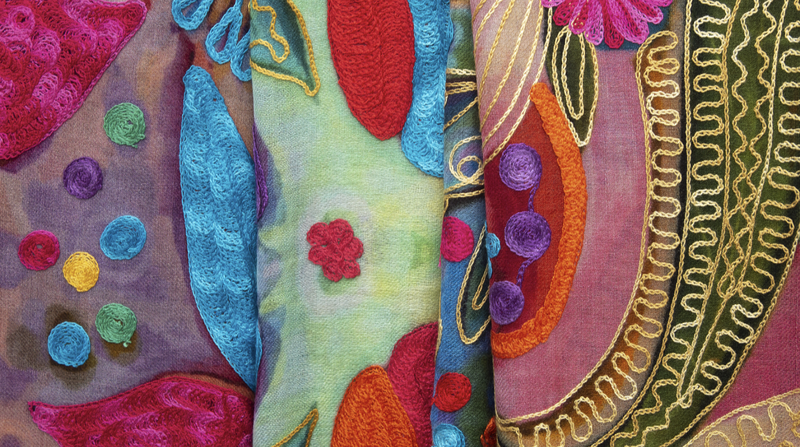Imagine a thread connecting Uzbekistan’s vibrant bazaars to the ancient workshops of the Chinese mainland—this is the story of Suzani and Yunjin, two textile arts bridging cultures along the Silk Road. 🌏✨
Suzani embroidery, born in Central Asia, turns bridal dowries into storybooks stitched with silk. Women weave pomegranates (symbolizing fertility) and cosmic patterns (guiding newlyweds) into fabrics, each needlework a whispered legacy. 🍃💍 Meanwhile, China’s Yunjin silk—a UNESCO-recognized craft—boasts imperial-era designs with gold-threaded dragons and phoenixes, once reserved for royalty. 🐉👑
Though separated by deserts and dynasties, both arts share a secret: silk. Traded for centuries, this luxurious thread became a currency of creativity. Today, young designers are reimagining these traditions—think Suzani motifs on streetwear or Yunjin-inspired tech accessories. 👗📱
‘Textiles are time machines,’ says Tashkent-based artisan Dilnoza. ‘Every stitch carries a voice from the past—and a message for the future.’ 🗣️🧶
Reference(s):
Golden needles, shared threads: Suzani and Yunjin's Silk Road dialogue
cgtn.com





